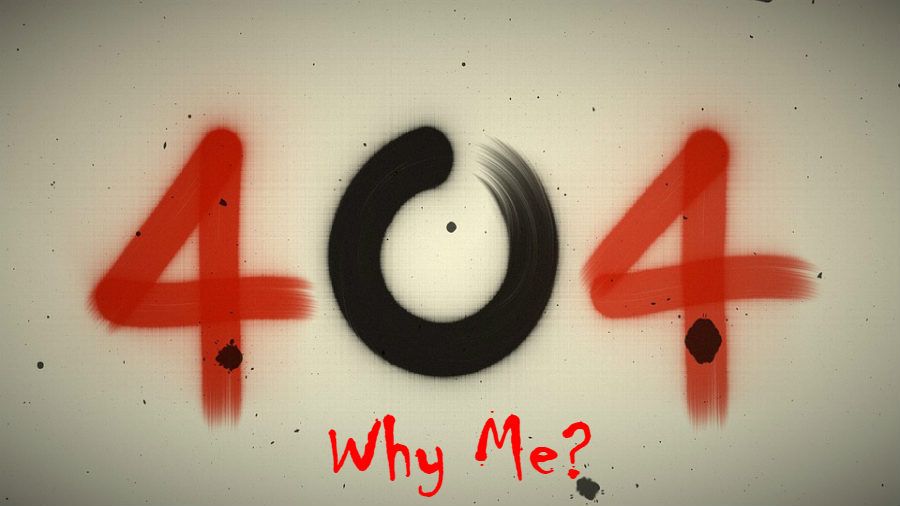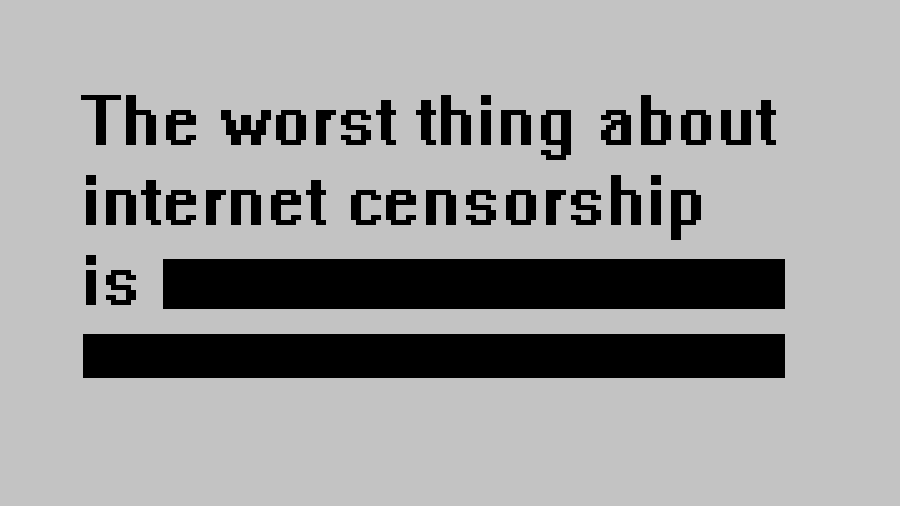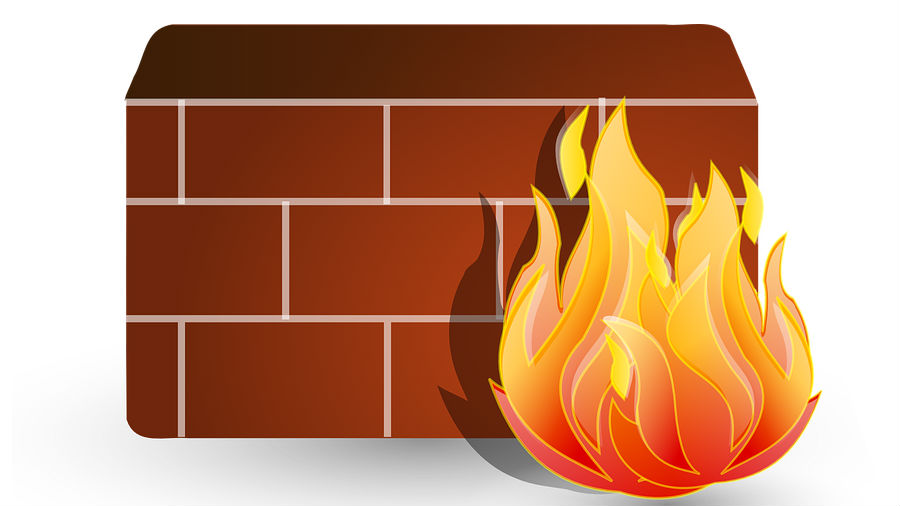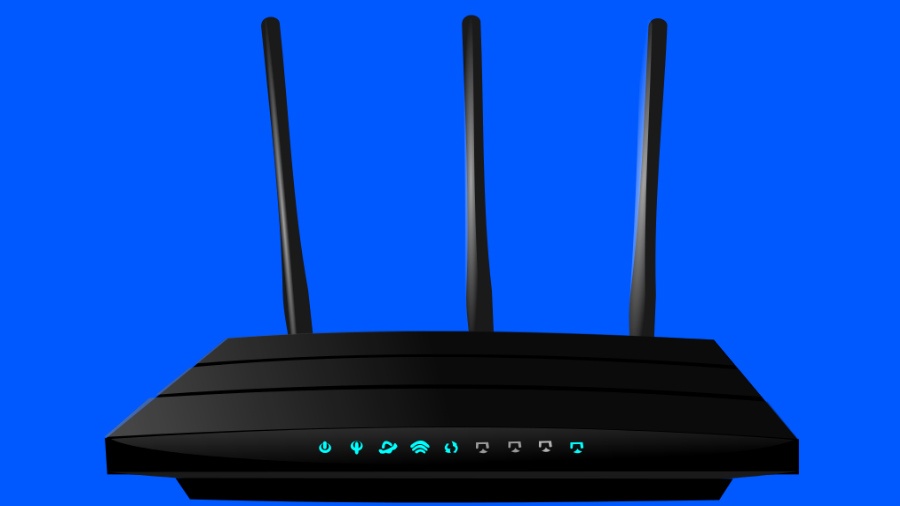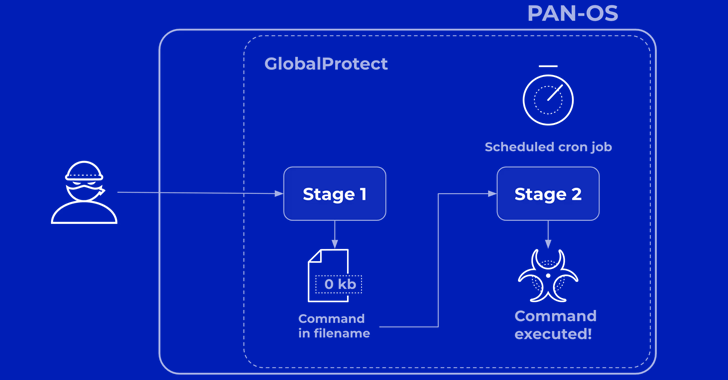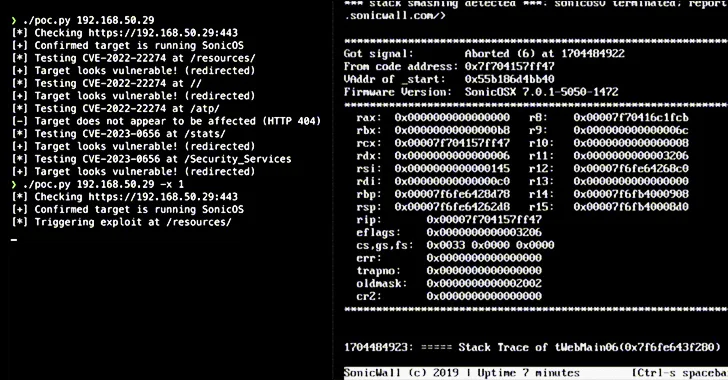Short Bytes: There can be many reasons why you aren’t able to access a particular website on the internet. These include the issues with the web browser, website, internet service provider, bad DNS server, etc. You can fix these issues using Tor, VPN, custom DNS, etc.
The situation becomes very irritating when you’re not able to open a particular website on the internet. Initially, you type the URL in the address bar; then you head over to Google and other search engines one by one. If you’re desperate enough, you might go on to try other web browsers installed on your computer, and that includes Internet Explorer.
There can be multiple reasons why you’re not able to open a particular website using internet connection, even if it’s a high-speed broadband connection.
Check Website Status
Before going ahead and telling you about the possible reasons behind the unavailability of a website, I would recommend you to check and confirm the website status. There are many free and online service that’ll help you get a better idea of what’s going on. This will also tell if a particular website is down globally, or it’s just you.
You can use websites like Down For Every One Or Just For Me and Is it Down Right Now? to check if the website is working for everyone in the world except you.
Now, the next step involves taking a look at the various scenarios and fixing the problem.
Causes of the website unavailability and their solutions:
1. Geographic Restrictions
The chances are high that the website you want to visit fell in the internet censorship pit dug by the government. It is no surprise that governments across the world block various websites which they fear would turn people against them.
Another possibility is that the website itself has withdrawn services in your country due some reason, for instance, the license restrictions associated with the content hosted on the website.
Try to access the website using your friend’s internet connection or some other network. If it fails to load, it will also confirm that your region is denied access to that website. In the case of government-led restrictions, a message is displayed when someone tries to open a website.
Solution: You can get past such restrictions using various proxy servers, The Onion Router (Tor), Virtual Private Network (VPN), and Google Translate.
Just in case the service provider/website isn’t serving content in your country, you can look up for their contact and send them an email. This will bring the situation in their knowledge, allowing them to work on the issue.
2. Server Issues
Every website is hosted on some web server. It can be a powerful workstation placed at someone’s home or a cloud web server living inside a data center.
There can be multiple reasons a server might run out of service and eventually the website. For instance, power outage, a DDoS attack, or hardware issue. In the case of data centers, chances of a power outage are very less as they have different backup options.
Solution: There is hardly anything you can do in this case. Except, you’re willing to go to the data center and repair the what’s broken.
But, if you have some means to contact the website via email or helpline, you can notity the site operators, asking them to take care of the issue.
3. Issues with your web browser
For almost every website you visit, your web browser stores some data in the form of cookies, cache, certificates, form data, etc. on your computer. This data is used by the website to identify you on your future visits. Also, stored cache on your computer saves your internet bill because your browser doesn’t have to download the website data every time. Chances are that something bad might have happened with those cookies and the cache.
Solution: You can clear the cookies and cached data stored by your web browser. If it still doesn’t work, try uninstalling the web browser. Use CCleaner to remove the leftover files and reinstall the web browser.
Many websites include Javascript in their code. If you configured your web browser to block Javascript, a website may not load properly or not load at all. Also, have a look at the extensions installed in your web browser. One of them might be blocking websites to promote its own content.
4. Issues with your computer
Your own machine can be responsible for blocking websites. It can be your firewall stopping your web browser from connecting to a particular website. Also, the anti-virus software running on your machine might be acting as a hurdle in the way of you and the website you’re trying to access. One more thing — never install more than one antivirus program on a computer.
Solution: You can disable the firewall (not recommended) on your system and see if the website loads or not. If you’re connected to a corporate network, the network admin decides what goes in and out of the firewall which is separate than the firewall of your OS. In this case, using Tor browser might be helpful for you.
Another option is to flush the DNS cache using the command prompt in Windows. Run CMD in admin mode and use the command ipconfig/flushdns to reset the DNS resolver cache.
5. Issues with your router
All the data you download and upload on your computer passes through the router placed in your home or somewhere else. The router might be experiencing some problem in establishing a connection with the website you’re trying to access.
Solution: The simplest thing you can do is restart the router using the power button. If the problem is still there, you can opt for resetting the router to factory settings. Resetting a router is not easy as it sounds, doesn’t take the matter in your hands if you don’t know what you’re doing. Call your ISP’s customer support to help you out.
Many modern routers come with URL filtering options to block websites. Someone in your house might have added the website to the filter list.
6. Issues with the DNS server
By default, every website address you type on your computer is resolved using the DNS server maintained by your internet provider. Sometimes, the server might not be efficient enough to deal with all the requests it receives from customers’ computers. Thus, it fails to return the IP address for the websites. It can be one of the main reasons you’re not able to access a particular Internet site.
Solution: If your ISP has a bad DNS server, you can switch to another. There are many free to use DNS servers available for public use. For example, the Google Public DNS and OpenDNS. You can read this article if you want help configuring the DNS on your Windows machine.
If you have something to add, tell us in the comments below.
Also Read: How To Access Blocked Websites? 10 Easy Ways To Bypass Them

